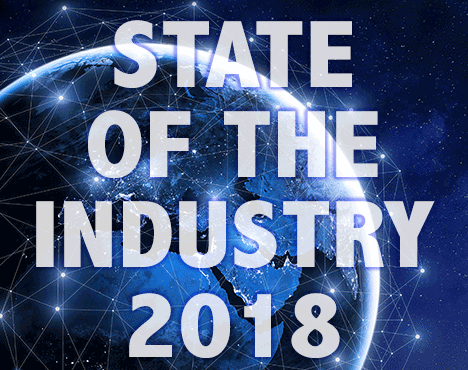01/03/2018
Pumps and Systems staff spoke with John Kalka, CIO of CIRCOR Pumping Technologies, for a state of the industry update entering 2018.
What should end users know to be up to date on IoT/cyber security? If you did a SWOT analysis, how would you describe the industry’s readiness to deal with this issue?
Widespread readiness will come down to the leadership and vision that bring both customers and manufacturers into a broader view of IoT’s value and business criticality than what exists today.- Strengths – Everyone agrees information and real time feedback are valuable, that a more comprehensive and proactive network to support operations, analysis and decision-making will someday be a potent tool.
- Weaknesses – Our products tend to be parts of larger systems and processes. Our customers are faced with a myriad of choices related to other IoT solutions and standards in their environments. This makes it difficult to explain the value proposition of any one specific IoT solution without also explaining how it integrates into current and future systems the customer may invest in. With no common standard, and current solutions providing a flood of data, not all of it actionable or meaningful, the challenges are still ahead of us.
- Opportunities – In our products IoT can be applied in many different ways, such as condition monitoring to gain information directly from components. Using the technology in new products and services has huge potential for us and our customers to increase safety and system uptime. Equally valuable is using the technology to support the aftermarket and service side of our product. The best results will come from collaboration between end users and fluid handling experts to define requirements and get the data plant professionals require.
- Threats – Customers are right to be concerned about the security of their data and the possible risk that IoT devices bring when connected to their internal networks. Having products installed all around the world makes this especially complicated. Many countries and regions are actively putting in new regulations to ensure protection of company data. IoT solutions will not only need to comply with these regulations today but also be flexible enough to meet the changing demands of tomorrow.

 See more of our State of the Industry 2018 coverage.
See more of our State of the Industry 2018 coverage.